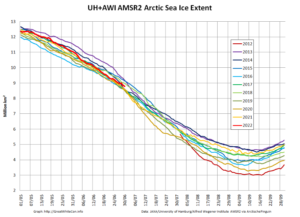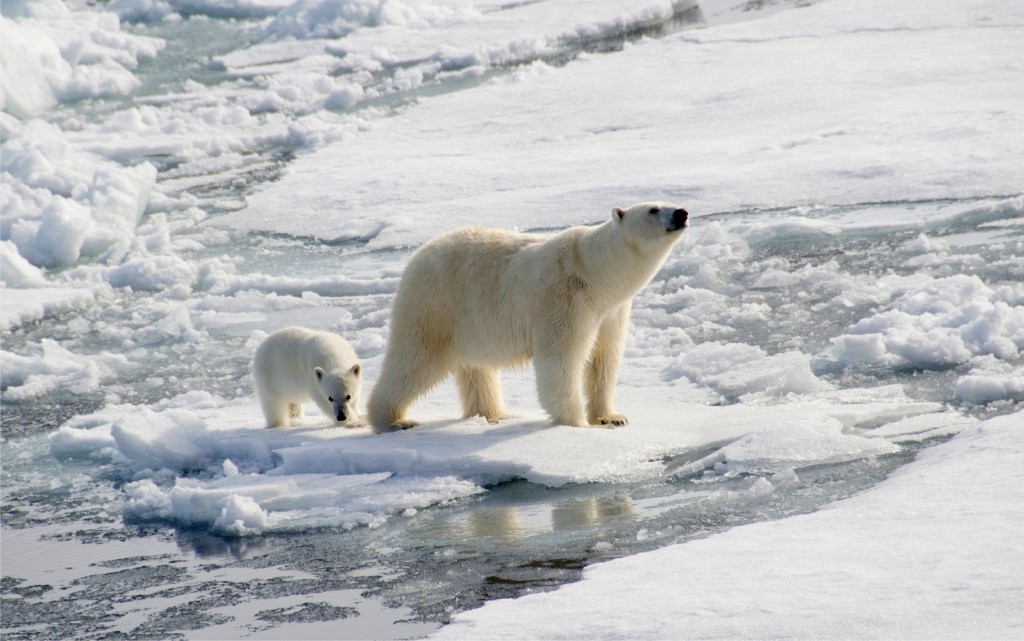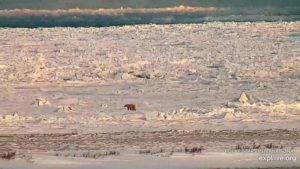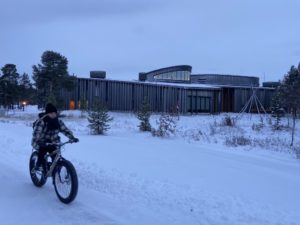by V. Jayaraj, Aug 2, 2021 in ClimateChangeDispatch
Every year, climate-change enthusiasts tell us the earth is getting hotter. Phys.org warned the world, “New ‘hottest year on record’ likely to occur in the next five years.”
C2ES informed readers, “It’s certain: The Earth is getting warmer, and human activity is largely to blame.” Bulletin of the Atomic Scientists’ headline read, “Broken record: The planet is getting hotter. And hotter. And hotter.”
But are we really observing record hot years consecutively?
While global warming is real and has been happening since the end of the Little Ice Age in the 18th century, the claims surrounding unprecedented temperatures are, at best, highly dubious.
Reality and some climate change claims differ as much as day and night. Here are two examples.
Strange Things: Readjusted Data Points
A few official agencies across the globe are widely considered “leaders” or “authoritative” in disseminating climate data.
Among them is the Met Office in the UK and top U.S. state agencies like the National Oceanic and Atmospheric Administration (NOAA) and the National Aeronautics and Space Administration (NASA).
However, these agencies have used their near-invincible status to adjust climate data points as they please, often resulting in an exaggerated warming trend.
NASA has been found to have adjusted past temperature data downward to make the present temperature levels look comparatively warmer.
In July 2021, geologist Roger Higgs demonstrated how NASA lowered the 2016 data point for annual global mean temperature.
NASA carried out the supposed downward shifting of data points so that the temperature levels for 2020 (which were about the same as 2016) would now appear more extreme. Higgs revealed the downward shifting on Researchgate.
Why did NASA adjust the 2016 data point to make it appear that 2020 beat it by a larger margin than originally appeared? You decide.
Growth of Glaciers: Greenland Registers Historic Increase in Surface Mass Balance for July 2021
Greenland ice has been a topic of discussion ever since climate change became a headline item in news circles. The reduction of ice mass is often projected as proof of global warming.
…
…





